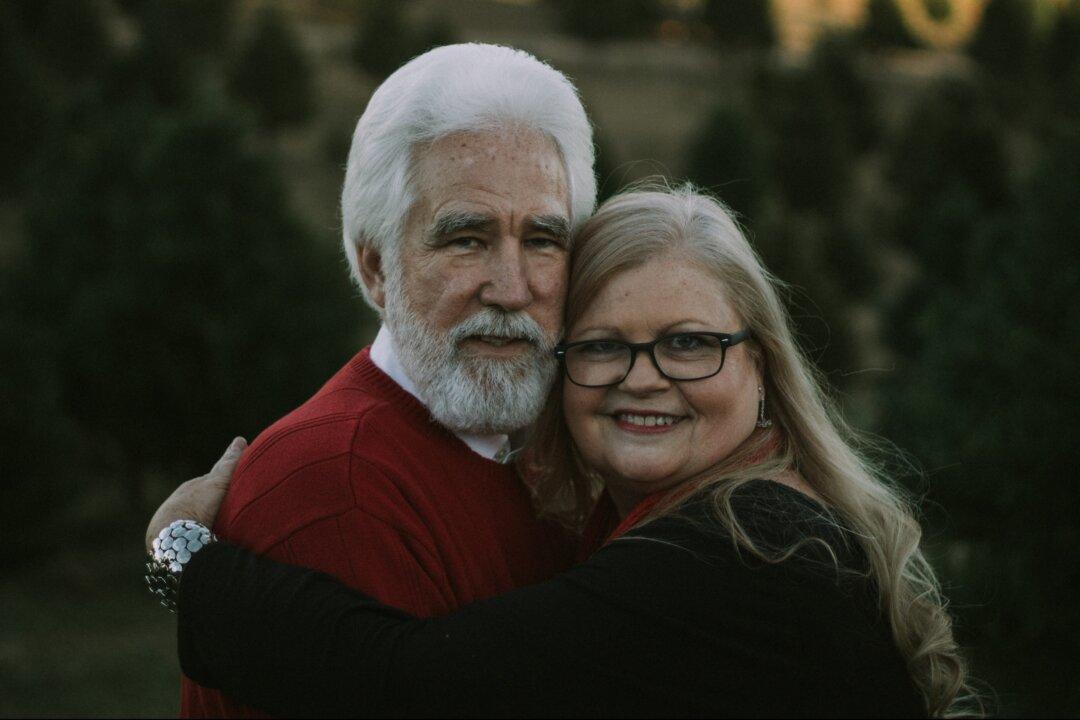A new study has yielded a radically different picture of aging in America, finding that how old you are plays little or no role in determining differences in health and well-being.
The researchers say the results suggest the medical community is focusing on the wrong set of factors to determine risk of dying. Rather than rely on a checklist of infirmities—heart disease, cancer, diabetes, high blood pressure, and cholesterol levels—perhaps it’s time to consider a new “comprehensive model” that looks at factors such as psychological well-being, sensory function, and mobility.

